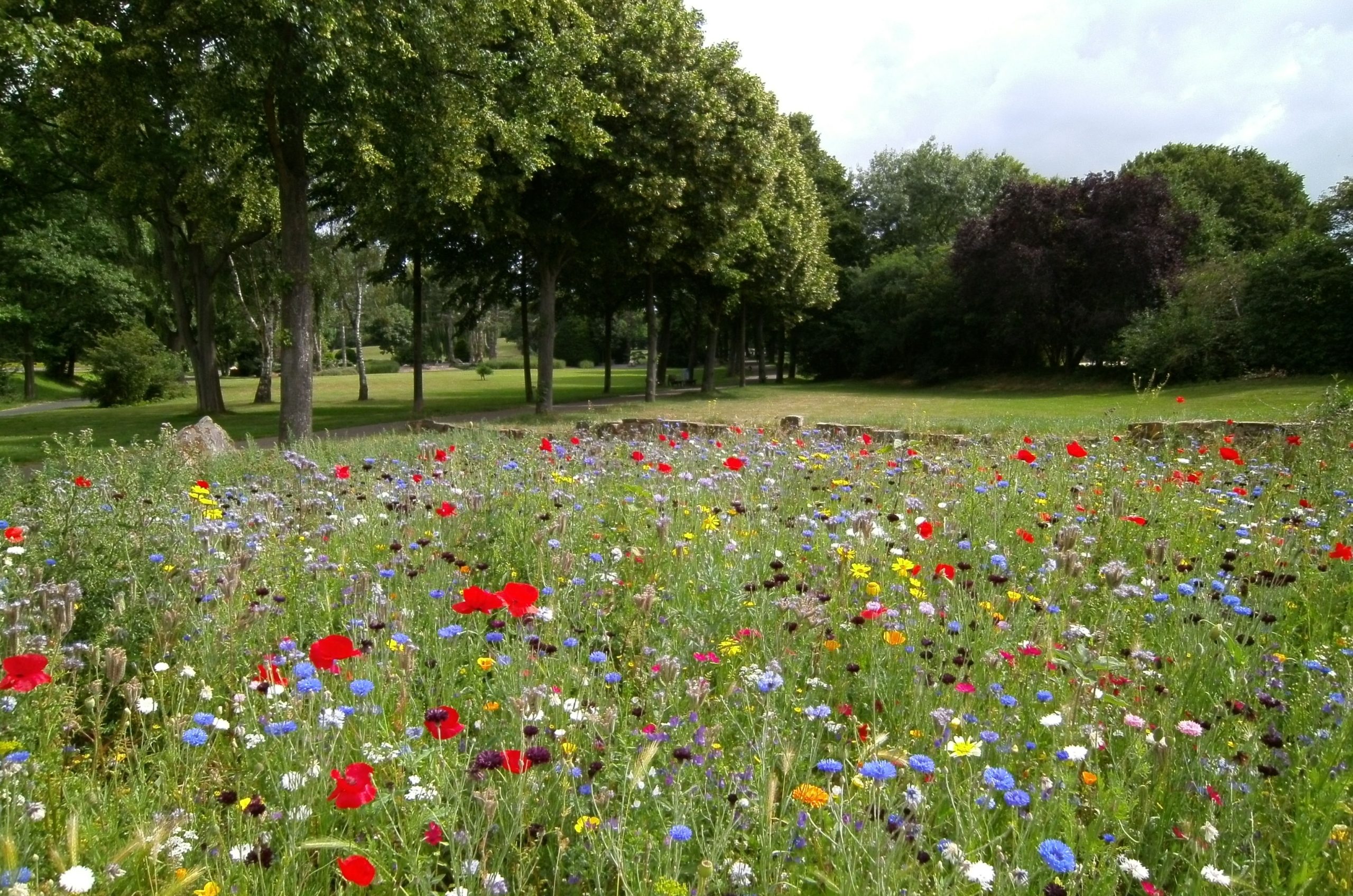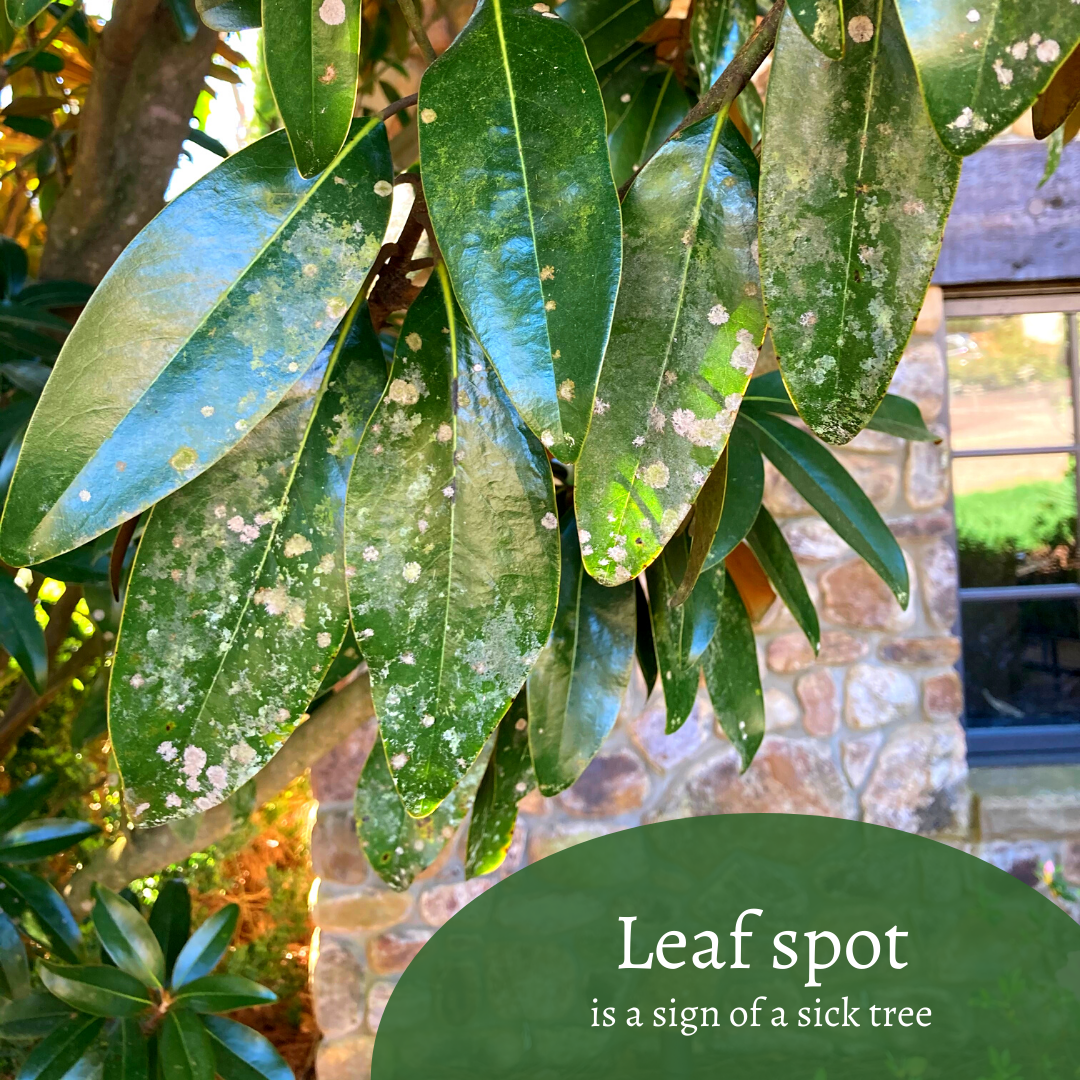
By Amanda D. Raymond
You’ve finally found a fantastic home in the Charlotte, NC area.
You’re excited about the high ceilings and wood floors. It has the perfect number of bedrooms, and maybe even a spare room that you can see yourself converting into a home office or gym.
The hunt for a new home can be both frustrating and thrilling, but in all that excitement, don’t forget to check out the yard – specifically the trees you’ll be inheriting.
You probably don’t have the expertise to thoroughly inspect the home you’re considering, nor should you. That’s what the experts (like the ones at Freedom Home Services) are for.
Same goes for your trees.
It’s best to work with a certified arborist to get a better idea of the health and safety of any trees on the property.
In fact, Carolina Tree Care offers tree risk assessment services to evaluate your trees and their surroundings to determine the risk they may pose.
Wondering if there are any obvious red flags you should be on the lookout for while checking out the trees of a potential home? Here are three good ones:


1. Location and clearance issues
Examine the placement of the trees in the yard.
- Are any trees way too close to the house?
- Are any branches touching the roof or scraping against windows?
- Are any trees growing into power lines?
These are all problems you’ll have to address if you decide to purchase the home.
2. Signs and symptoms of decay
Decay (also known as rot) normally happens from the inside out, making it hard to spot. Bring in a certified arborist to investigate further if you see any of these indicators:
- Nesting holes
- Mushrooms or fungi
- Cavities or external openings
- Carpenter ant activity or sawdust pilings near the base of the tree
- Weeping or oozing fluid coming from the trunk or a large limb
3. Signs and symptoms of pest infestations
Tree and shrub pest infestations present themselves in a variety of ways. The most obvious of these, of course, is actually seeing bugs on your plant. Other than that, you can also look for:
- Discoloration, spots, or bumps on the leaves or bark
- Small holes in the trunk or branches that may be insect exit holes
- Honeydew (a sticky substance that may be on branches, leaves, or anything underneath the tree)
- An overall loss of vigor with branch dieback or wilting
- Debris underneath the tree that looks like sawdust (a sign of wood-boring insects)
Here’s the thing: although these issues can indicate a troubled tree, some of them may be false alarms.
Some tree bugs are beneficial. Mushrooms are a sign of decay, but the tree may still be of an acceptable risk level.
The good news is a certified arborist can perform a tree risk assessment to help you figure out what needs your attention and what you don’t need to worry about before you make your final decision on a home (and even after you’ve already made your purchase).
If you’d like more information on tree risk assessments, feel free to head over to our website or give us a call at 704-788-8733.
Amanda D. Raymond is a marketing specialist at Carolina Tree Care. She has a bachelor’s degree in journalism and psychology from UNC-Chapel Hill and five years of marketing experience.




